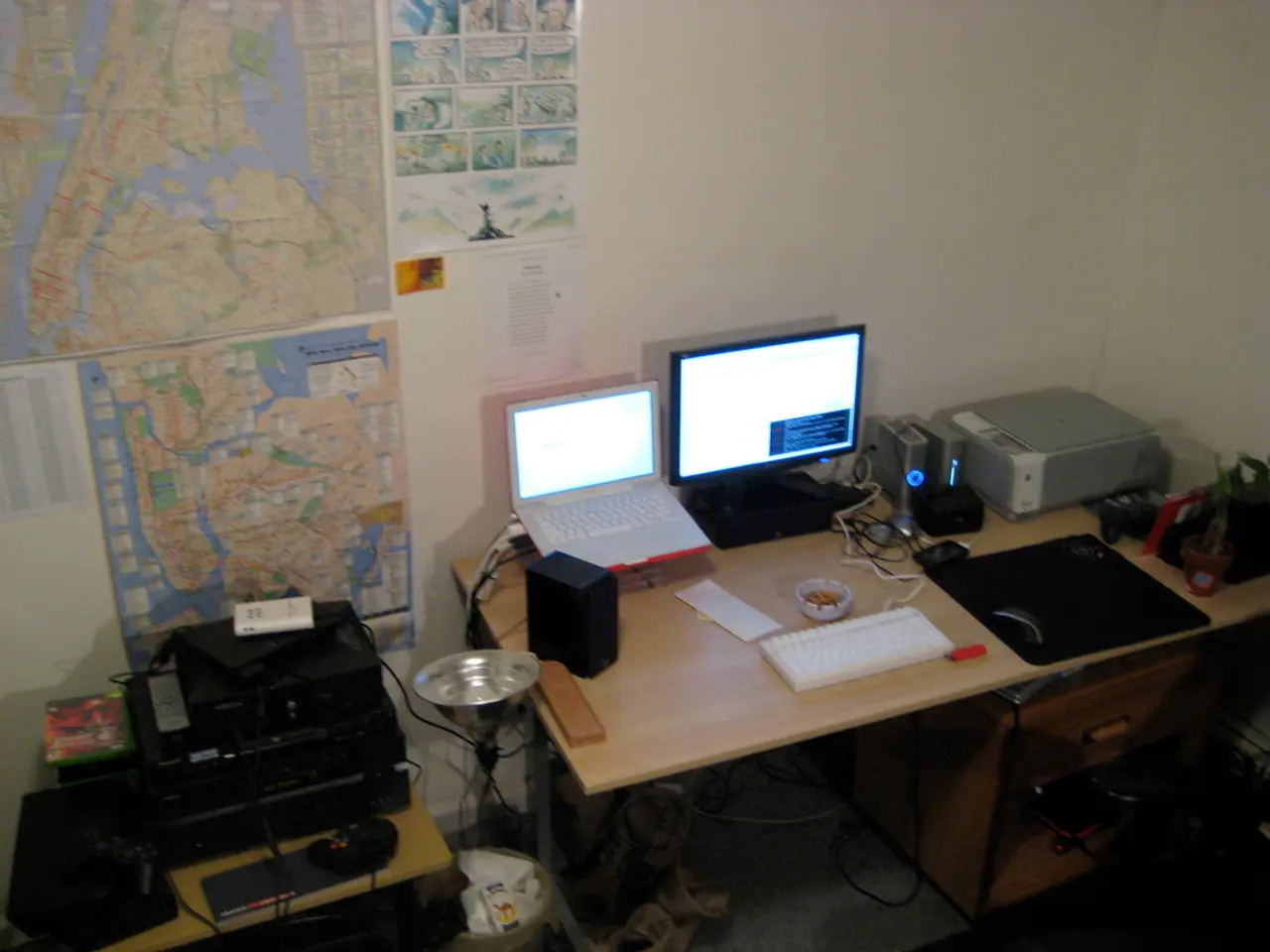Future Higher Education Classrooms: Q-SYS Integration
In a significant shift towards the future of education, universities across the globe are modernizing their learning environments, with software-based platforms like Q-SYS playing a pivotal role.
One of the key benefits of these platforms is their scalability, which allows institutions to adapt to the changing needs of modern education. Universities are using these solutions to modernize their learning spaces, enhancing both the teaching and learning experience.
A notable trend in this modernization is the shift towards blended learning models. These models combine in-person teaching with online components, providing a flexible and engaging learning experience for students.
Data-driven instruction is another important aspect of these platforms. By assessing student participation, these systems help educators adjust lesson plans for improved outcomes.
The software-based platforms unify audio, video, and control across multiple learning spaces, ensuring a seamless and integrated learning experience. This unification supports future technology needs, making these platforms a long-term investment for universities.
Active learning environments are transforming the traditional classroom setting. Instead of lecture halls, universities are creating technology-rich spaces that foster collaboration and hands-on learning. Ceiling microphones ensure every voice is heard, promoting inclusive participation.
Automated tracking cameras enhance the lecture capture experience by following instructors or highlighting student interactions. This feature allows students to revisit recorded sessions for reinforcement of comprehension and knowledge retention.
The adoption of software-based platforms is not limited to universities. Institutions such as chambers of crafts, industry and commerce chambers, and accredited vocational training centers are also modernizing their learning environments with these platforms.
These platforms aim to provide scalable solutions for universities to enhance their teaching and learning experiences. Simplified user interfaces create intuitive, automated experiences for both faculty and students, powered by room sensors, NFC card readers, or scheduling integrations.
Higher education institutions are reimagining the classroom experience to support student engagement, collaboration, and personalized learning. Lecture capture systems, a key feature of these platforms, are helping students to learn at their own pace and style.
In conclusion, the adoption of software-based platforms is a significant trend in the modernization of higher education learning environments. By providing scalable solutions and unifying audio, video, and control across multiple learning spaces, these platforms are transforming the way education is delivered and received.
Read also:
- Indispensable Digital Files Every Scribe Demands for their Screenplay Journey
- Rising state pension ages disproportionately impact a particular demographic, raising questions about the necessity of extending working years.
- Greece pursuing building techniques without the use of traditional heating methods
- Fire Department Training for Aspiring Firefighters in Düren City: Applicants have until 30th September to join the new level training program, moving directly from school benches to fire service duty.





